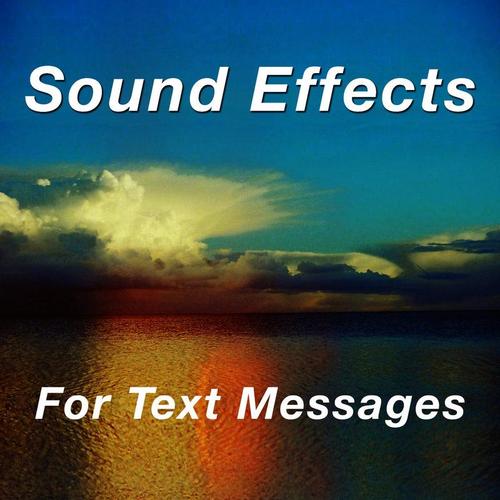Understanding the Text Tone: A Detailed Guide for Writers and Communicators
Have you ever found yourself lost in the sea of words, trying to convey a message but unsure of the tone you should adopt? The text tone is a crucial element that can make or break the effectiveness of your communication. In this article, we will delve into the intricacies of text tone, exploring its various dimensions and providing you with practical tips to master it.

What is Text Tone?
Text tone refers to the emotional and attitudinal aspects of your writing. It is the underlying mood or atmosphere that your words create, influencing how your message is perceived by the reader. Just like a person’s voice has a tone, your written words also carry a tone that can convey happiness, sadness, anger, or any other emotion.
Dimensions of Text Tone
Text tone can be analyzed from several dimensions, each playing a significant role in shaping the overall mood of your writing. Let’s explore these dimensions:
| Dimension | Description |
|---|---|
| Emotional Tone | Refers to the emotional state conveyed by your writing, such as joy, sadness, fear, or anger. |
| Attitudinal Tone | Represents your attitude towards the subject matter, such as admiration, sarcasm, or skepticism. |
| Formal vs. Informal Tone | Indicates the level of formality in your writing, which can vary from professional to casual. |
| Objective vs. Subjective Tone | Reflects whether your writing is based on facts and data (objective) or personal opinions and experiences (subjective). |
By understanding these dimensions, you can better control the tone of your writing and ensure that it aligns with your intended message.
Emotional Tone
The emotional tone of your writing is the first thing that captures the reader’s attention. It can evoke emotions and create a connection between you and your audience. Here are some tips to help you master the emotional tone:

- Use descriptive language to convey emotions effectively.
- Choose words that resonate with the desired emotional state.
- Be mindful of the context and audience when selecting the emotional tone.
Attitudinal Tone
The attitudinal tone reflects your perspective on the subject matter. It can shape the reader’s perception of the topic and influence their response. Here are some tips to help you manage the attitudinal tone:
- Be clear about your intentions and beliefs.
- Avoid using ambiguous language that can be interpreted in multiple ways.
- Be consistent with your tone throughout the text.
Formal vs. Informal Tone
The level of formality in your writing depends on the context and audience. Here are some guidelines to help you choose the appropriate tone:
- Use a formal tone for professional documents, academic papers, or official correspondence.
- Adopt an informal tone for personal emails, social media posts, or casual conversations.
Objective vs. Subjective Tone
The objective tone focuses on facts and data, while the subjective tone emphasizes personal opinions and experiences. Here are some tips to help you decide which tone to use:
- Use an objective tone when presenting information or arguments.
- Use a subjective tone when sharing personal stories or expressing opinions.
By understanding and mastering these dimensions of text tone, you can effectively convey your message and engage your audience. Remember, the right tone can make your writing more impactful and memorable.



